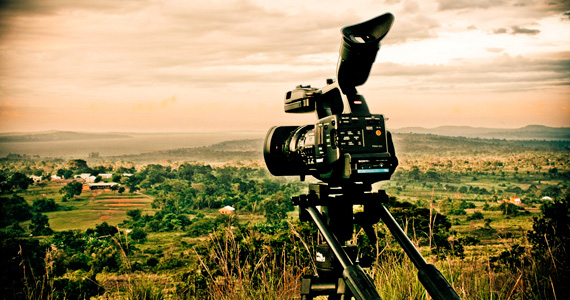By Dylan Munashe Dzenga
Environmental news reporting has become so significant that it is now considered one of the most sought-after specialist areas of journalism practice globally.
In some countries, environmental journalism has even grown to be one of the most dangerous professions in the world, seeing at least 40 journalists being killed between 2005 and September 2016, according to Eric Freedman of Knight Center for Environmental Journalism at Michigan State University.
The Knight Center trains students and professional journalists to report on environmental issues, which they consider the world’s most important beat. Freedman concluded after a study in 2018 that journalists are often caught in the crosshairs of power play and those who cover environmental reporting “are at heightened risk of murder, arrest, assault, threats, self-exile, lawsuits and harassment”.
Yet here in Zimbabwe, environmental reporting has a negligible number of takers, perhaps because of its specialist nature. In a polarised nation with a heightened sense of politics and socio-economic challenges, journalists find it less exciting than the day-to-day social issues affecting the people.
As much as journalists report on politics, economic issues and social issues, they also carry the responsibility to report on environmental issues to safeguard the planet and wildlife.
Facts and figures
The global problems around climate change and the attendant misinformation and disinformation on this subject should be an added motivation for Zimbabwe’s media to elevate reporting on environmental issues.
We need to know what is going on and what is not happening? We need to know who is playing a constructive role, and who is not? But much more importantly, there is need for a sustained discussion on what we should be doing — individually and collectively.
Instead of leaving it to street gossip and village speculation, Zimbabwean journalists should help communities and the country with the facts and figures about the pollution of our water, and our endangered wildlife.
Powerful tool
Media are a very powerful tool that can be used to inform and educate people on the importance of improving the quality of life through preservation of natural resources, wildlife, air, land and water. Where people have grown to believe that the natural resources that they need will always be there for their consumption and barely pay any attention to issues to do with the environment, it is up to journalists to educate them to think more responsibly for their own long-term good.
Journalists themselves need to be capacitated to carry out this work effectively. Evidence at hand shows that there is a lack of knowledge amongst local media practitioners which either stops them from writing on environmental issues or, where they do write, the results leave much to be desired. Environmental journalism covers topics like biodiversity, water resources, pollution, environmental policies, renewable energies, natural disasters and climate change which has recently become quite topical as the world experiences extensive veld fires, hurricanes and floods. Unpacking these issues in an accessible way that is easy to understand for the ordinary person requires well-trained professionals who understand the subject well, and they can only do this through training.
The tendency has been to report on environmental issues when there has been a catastrophic event related to the environment, such as a cyclone, devastating flood or extreme drought. This is not to say that topics such as terrorism, economic crisis, politics and international relations – which are considered important and of great interest to the public – must now be given less attention, but to amplify the environment’s benefits and challenges as far as they affect nations globally.
Heightened attention
The impact of heightened attention and awareness on environmental matters will help tackle challenges such as environmental degradation through illegal mining activities, deforestation, desertification, wildlife poaching, environmental cleanliness and increase social responsibility in communities.
It comes with its own challenges, as Freedman found in his study, which made the profession dangerous.
“Some of the…challenges that make the profession more dangerous is because of how the stories often involve economic and political power, corporate greed, government corruption and incompetence and in most cases, conflicts over indigenous rights to natural resources and land,” Freedman says.
Despite this negative reality, the potential benefits call for journalistic action to raises awareness of the activities that people can do to appreciate climate change, preservation of the environment and wildlife conservation, among other natural resource mindfulness.
The emergence of organisations such as the Earth Journalism Network, which seeks to improve knowledge of the environment of journalists by introducing a short term learning period where one gets to learn about all the topics of environmental journalism and the tools they can use when doing such work, gives journalists a sound platform to start from.
Dylan Dzenga is a media student at the University of Zimbabwe on internship at ZimFact where he is pursuing his interest in environmental journalism and climate change.
Do you want to use our content? Click Here












